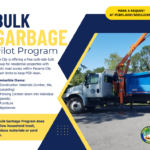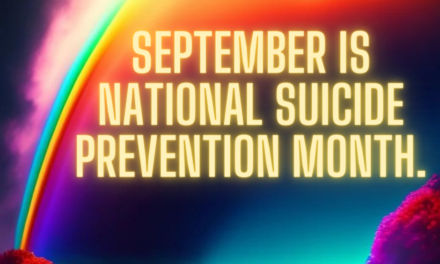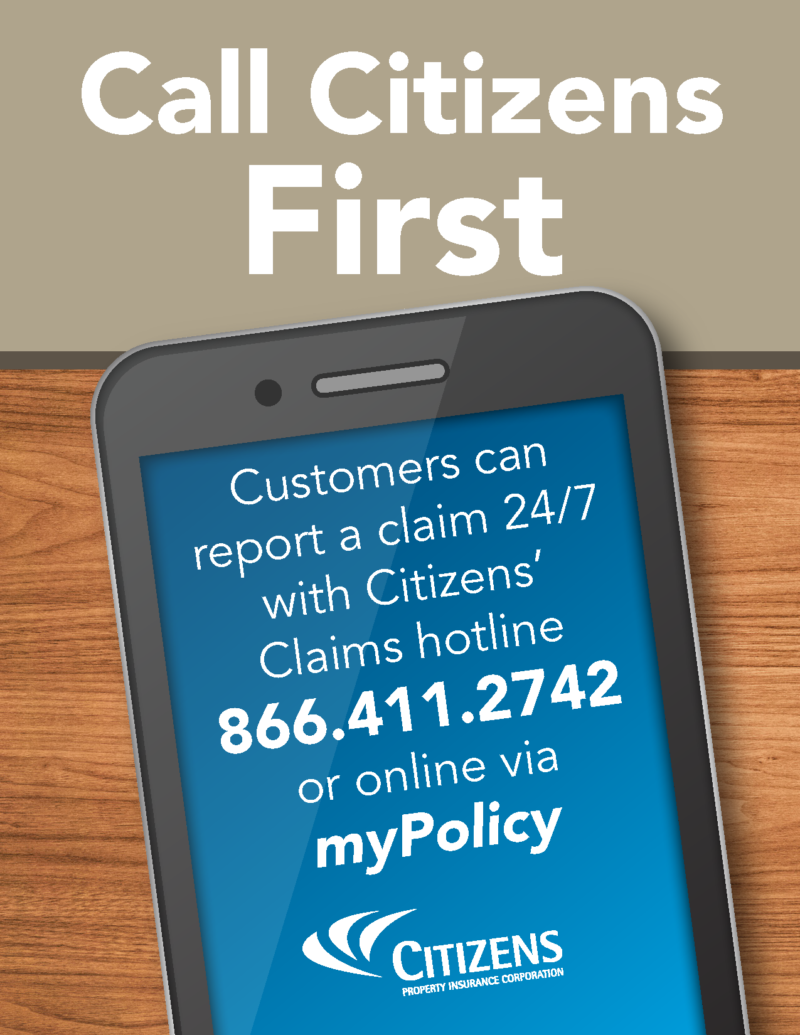
Preparing for a Successful First Year: Challenges and Support
Panama City, FL- As the fall semester approaches, higher education institutions are gearing up to welcome their newest batch of first-year students. Traditionally, this season is marked by excited farewells as students embark on a new chapter. However, this year, the scenario might be a bit different. The pandemic’s disruptions have left a significant impact on this cohort. Many of these students were just 14 to 16 years old when their lives were temporarily paused by the pandemic. Now, as they enter college, they might still be grappling with academic and psychological setbacks from those challenging times.
Average assessment scores have dropped by 5% between 2020 and 2022. Additionally, a staggering 87% of public schools reported that the pandemic negatively affected students’ socioemotional development during the 2021–22 school year, as per the National Center for Education Statistics.
In light of these challenges, institutions can ensure the success and well-being of this cohort through strategic support. Here are four ways to ensure first-year students are well-equipped for a successful start:
-
Leverage Data to Identify Vulnerable Students: To prevent students from slipping through the cracks, institutions can utilize data to identify those who are most at risk. For instance, a study by the Lumina Foundation found that 52% of Hispanic students and 42% of Black students considered stopping out in 2022. Other vulnerable groups include students facing financial difficulties, first-generation students, and minority racial and ethnic groups. By pinpointing these challenges, institutions can tailor support to meet specific needs.
-
Prioritize Mental Health Resources: Mental health remains a top concern among students. Institutions should bolster mental health services to foster academic success. According to a survey, 64% of students are more likely to graduate if they have access to counselors. Incorporating evidence-backed practices like mindfulness training and screenings can make a significant difference.
-
Promote Face-to-Face Engagement: Despite the digital age, in-person engagement is on the rise. Students are eager to connect face-to-face. In-person events have seen a 38% increase in attendance, signaling the importance of personal interactions. Universities should seize this opportunity to create a vibrant and engaging campus environment.
-
Market and Communicate Thoroughly: While institutions may offer an array of support services, their impact is limited if students are unaware of them. Effective communication is key. For instance, many students might not be aware of available resources like food pantries. Campuses must find innovative ways to spread the word and ensure that students know about the support available to them.
In conclusion, the fall semester holds promise for first-year students, but it also presents unique challenges. Institutions can play a pivotal role in helping students thrive by employing data-driven strategies, prioritizing mental health, encouraging face-to-face interactions, and ensuring comprehensive communication. By providing tailored support, universities can set their students up for a successful journey.














